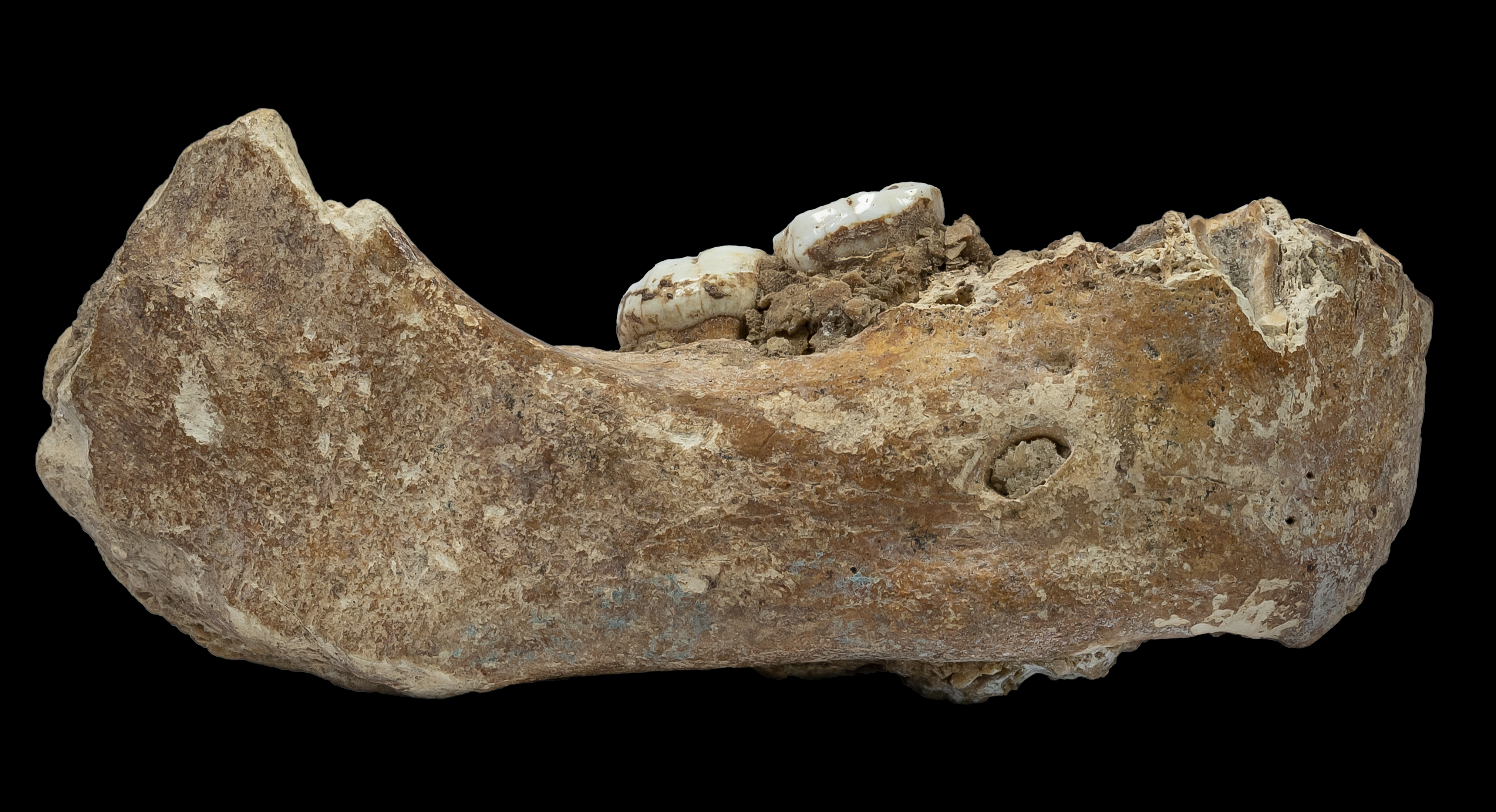|
Dharragarra
''Dharragarra'' (meaning "platypus" in the Gamilaraay language) is an extinct genus of monotreme mammal from the Late Cretaceous (Cenomanian) Griman Creek Formation of Australia. The genus contains a single species, ''D. aurora'', known from a partial left mandibular ramus. ''Dharragarra'' was likely more closely related to the living platypus than many other monotremes of the Cretaceous. Discovery and naming The ''Dharragarra'' holotype specimen, AM F97262, was discovered in 2002 in sediments of the Griman Creek Formation (Wallangulla Sandstone Member) near Lightning Ridge, New South Wales, Australia. The specimen consists of a partial left horizontal mandibular ramus. This bone was first mentioned by Anne Musser in part of a 2013 publication, where it was identified as a steropodontid. In a 2022 monotreme evolution review, Flannery et al. alluded to it as an unnamed new genus of stem-ornithorhynchid. In 2024, Flannery et al. described ''Dharragarra aurora'' as a new ... [...More Info...] [...Related Items...] OR: [Wikipedia] [Google] [Baidu] |
Monotreme
Monotremes () are mammals of the order Monotremata. They are the only group of living mammals that lay eggs, rather than bearing live young. The extant monotreme species are the platypus and the four species of echidnas. Monotremes are typified by structural differences in their brains, jaws, digestive tract, reproductive tract, and other body parts, compared to the more common mammalian types. Although they are different from other living mammals in that they lay eggs, female monotremes are like other mammals in that they nurse their young with milk. Monotremes have been considered by some authors to be members of Australosphenida, a clade that contains extinct mammals from the Jurassic and Cretaceous of Madagascar, South America, and Australia, but this categorization is disputed and their taxonomy is under debate. All extant species of monotremes are indigenous to Australia and New Guinea, although they were also present during the Late Cretaceous and Paleocene epochs in s ... [...More Info...] [...Related Items...] OR: [Wikipedia] [Google] [Baidu] |
Steropodontid
''Steropodon'' is a genus of prehistoric platypus-like monotreme, or egg-laying mammal. It contains a single species, ''Steropodon galmani'', that lived about 100.2–96.6 million years ago during the Cretaceous period, from early to middle Cenomanian. It is one of the oldest monotremes discovered, and is one of the oldest Australian mammal discoveries. Several other monotremes are known from the Griman Creek Formation, including ''Dharragarra'', ''Kollikodon'', ''Opalios'', ''Parvopalus'', and ''Stirtodon''. Taxonomy The dentition of ''Steropodon'' is somewhat similar to that of therians—the placentals and the marsupials—specifically the presence of the tribosphenic molar tooth which was thought to be exclusive to therians since the Cretaceous. This, along with the tribosphenic molar discoveries of monotreme-relatives ''Ausktribosphenos'' and ''Ambondro mahabo'' of which the latter evolved in the Jurassic, led to the conclusion that the molar evolved independently in the tw ... [...More Info...] [...Related Items...] OR: [Wikipedia] [Google] [Baidu] |
Stirtodon
''Stirtodon'' is an extinct genus of monotreme mammal from the Late Cretaceous (Cenomanian) Griman Creek Formation of Australia. The genus contains a single species, ''S. elizabethae'', known from a large isolated premolar. ''Stirtodon'' may be the largest toothed monotreme discovered. Several other monotremes are known from the Griman Creek Formation, including ''Dharragarra'', ''Kollikodon'', '' Opalios'', '' Parvopalus'', and ''Steropodon ''Steropodon'' is a genus of prehistoric platypus-like monotreme, or Oviparity, egg-laying mammal. It contains a single species, ''Steropodon galmani'', that lived about 100.2–96.6 million years ago during the Cretaceous period, from early to m ...''. References {{Taxonbar, from1=Q104521351, from2=Q126125973 Prehistoric monotremes Prehistoric mammal genera Cenomanian life Cretaceous mammals of Australia Fossil taxa described in 2020 Mammals described in 2020 ... [...More Info...] [...Related Items...] OR: [Wikipedia] [Google] [Baidu] |
2024 In Paleomammalogy
This article records new taxa of fossil mammals of every kind that are scheduled to be binomial nomenclature, described during the year 2024, as well as other significant discoveries and events related to paleontology of mammals that occurred in 2024. Afrotherians Proboscideans Proboscidean research * Hauffe, Cantalapiedra & Silvestro (2024) present a Bayesian model that can be used to determine diversification dynamics from fossil occurrence data, apply it to the fossil record of proboscideans, and interpret their findings as indicating that the diversification of proboscideans was influenced by dietary flexibility and biogeography (particularly the association with islands), while the emergence of humans was the primary driver of proboscidean extinctions. * Review of the evolution of the proboscidean head, focusing on the evolution of the anatomy and use of tusks and proboscis, is published by Nabavizadeh (2024). * A study on the evolution of limb bones of extant and extinct pr ... [...More Info...] [...Related Items...] OR: [Wikipedia] [Google] [Baidu] |
